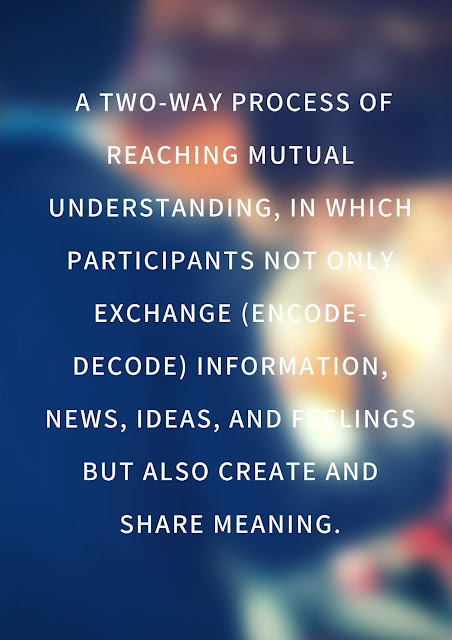Engineering Chemistry
Table of Contents:
- Atoms and Molecules
- Reaction dynamics
- Electrochemistry
- Transition Metal Chemistry
- Organometallic Chemistry
- Structure and Reactivity of Organic Molecules
- Polymerization
- Photochemistry
Atoms and Molecules
- Particle in a box illustrating energy quantization,
- Angular momentum quantization, (extended)
- Radial and angular parts of H atom,
- Wave functions/orbitals,
- Probability and charge distribution.
- Many electron atoms, Homonuclear, and heteronuclear diatomic,
- Covalent bonds, ionic bonds, and electronegativity concepts,
- Hybridization and shapes of molecules.
- Non- covalent interaction(Van Der Waal and hydrogen bonding.)
Reaction Dynamics
- Rate Laws,
- Mechanics and theories of reaction rates(Collision and transition state theory)
- Lasers in chemistry.
Electrochemistry
- Application of electrode potentials to predict redox reactions in solution with special reference to the Lattimer and Frost diagrams.

